Space experiences you don’t have to leave Earth for
Extraterrestrial experiences
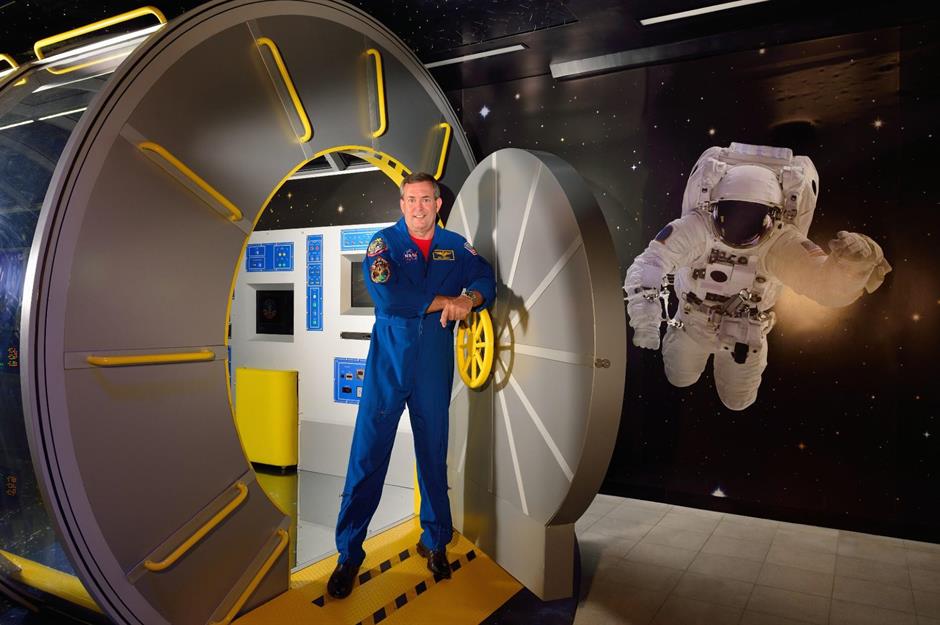
For the moment, actual space tourism is only for the rich and famous. But thankfully, there are still plenty of out-of-this world experiences you can have without leaving the planet – and for a fraction of the price, too.
Click through the gallery to discover how you can get a slice of space life right here on Earth, from awe-inspiring museums and planetariums to stargazing spots and space camps...
Kennedy Space Center, Florida, USA
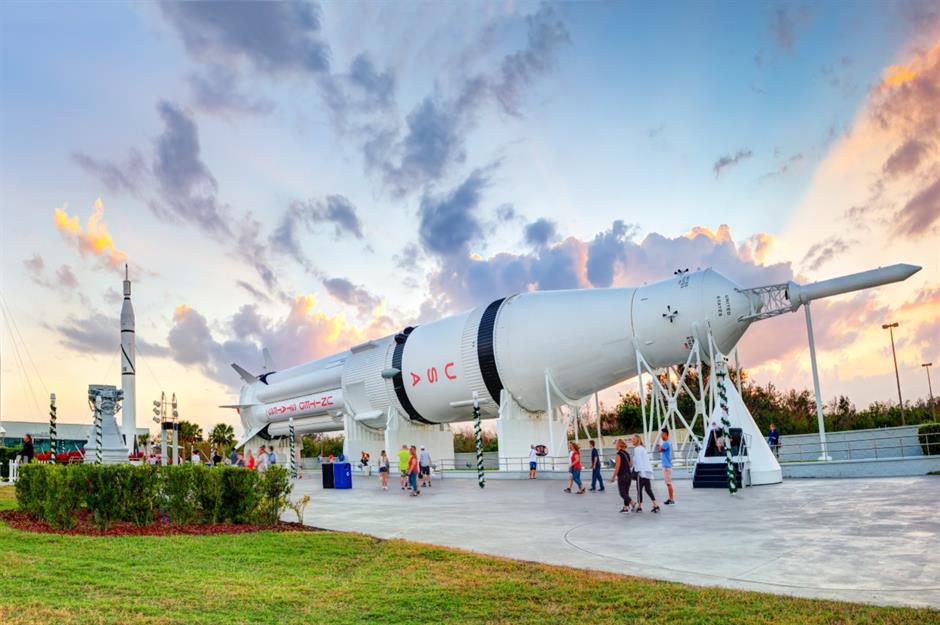
One of Orlando’s top attractions, Kennedy Space Center is the place to go for extraterrestrial inspiration, past and present. In the Heroes and Legends Mission Zone, you’ll get the chance to walk through the history of space exploration, look at famous astronauts in the Hall of Fame and learn about the team behind the Apollo space missions in a film at the Universe Theater.
You can also feel what it’s like to lift off into space with the shuttle launch experience, touch a genuine piece of moon rock and wander around the Rocket Garden.
Royal Observatory Greenwich, London, UK
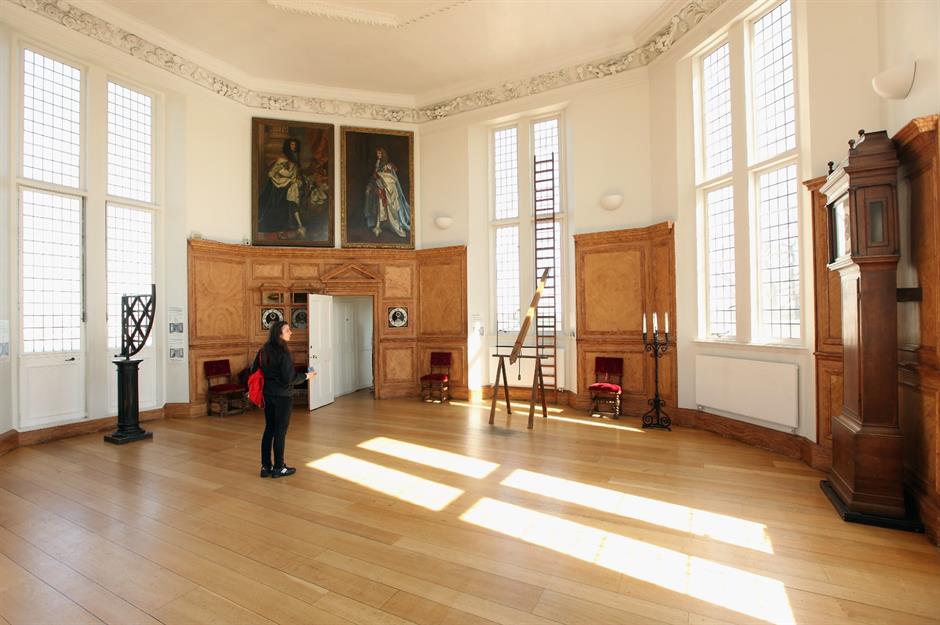
As well as being home to the Meridian Line – used as a reference point for Greenwich Mean Time (GMT) – London's Royal Observatory contains one of the best planetariums in the world.
Frequent shows educate visitors on everything you could possibly want to know about the universe, from the life cycle of stars to an immersive experience showing what it’s like on Mars.
Space Center Houston, Texas, USA
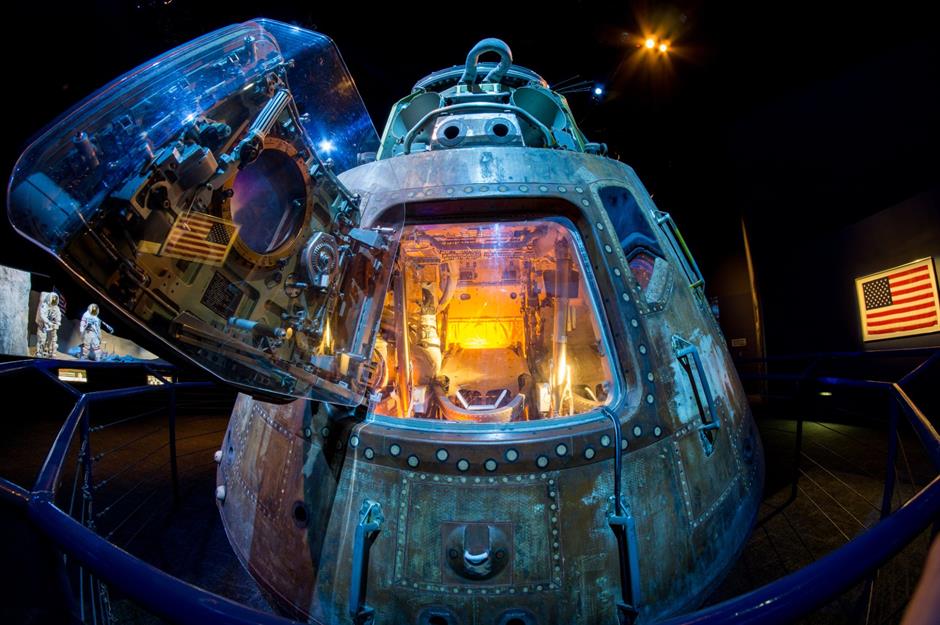
On every space enthusiast’s bucket list, the Space Center Houston is the ultimate extraterrestrial day out. It’s best known for offering tours to NASA Mission Control, where flight controllers communicate with astronauts in the International Space Station (ISS).
In the Space Center, you’ll find more than 400 space artefacts including the world’s largest collection of moon rocks, space suits worn by some of the world’s most famous astronauts and 12 Apollo command modules.
Space Camp, Alabama, USA
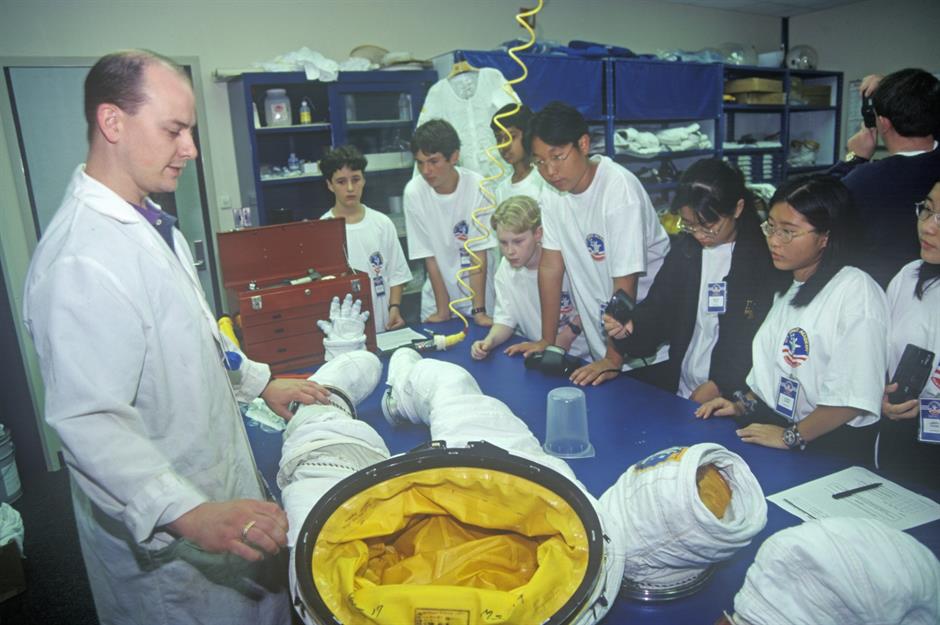
If you’re after a more hands-on experience, but can’t afford a ticket for a Blue Origin or SpaceX flight, Alabama’s Space Camp might be just the thing. Visitors can sit in a computerised shuttle and operate a simulation Mission Control, as well as even getting a chance to try out some spacewalking, complete with spacesuits and helmets.
Open to both kids, families and adults, an academy or camp experience here usually lasts three to six days, and would-be astronauts even get a graduation ceremony at the end of the experience.
Cité de l'espace, Toulouse, France
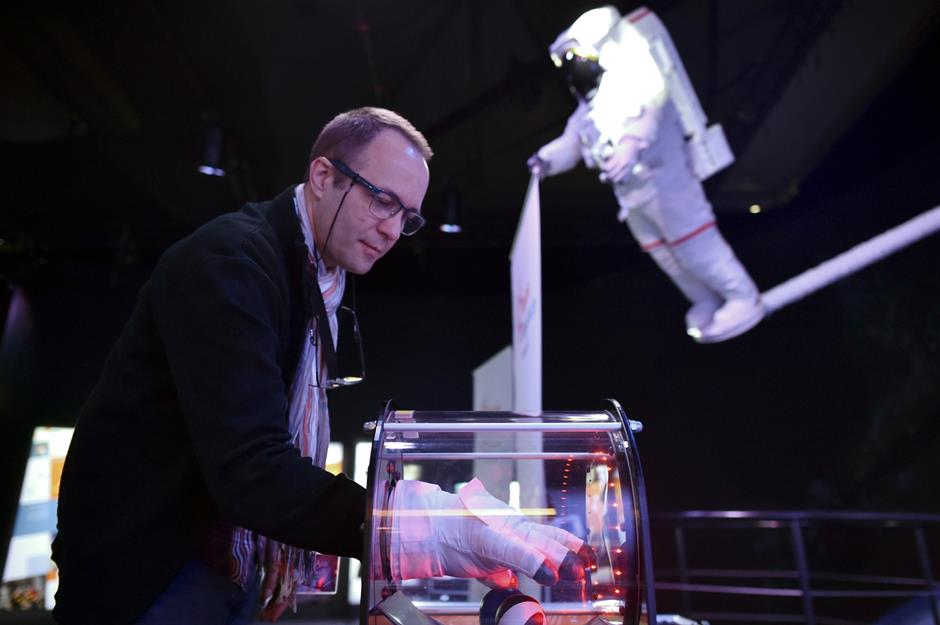
France’s biggest space-themed attraction is up there with the global greats. Located in Toulouse, the birthplace of France’s most historic space exploration projects, Cité de l'espace contains impressive full-scale replicas of spacecraft including the Ariane 5 space rocket and the Mir space station.
There’s also an exhibition following French astronaut Thomas Pesquet's time onboard the ISS as part of the Alpha Mission.
Space Expo, Noordwijk, Netherlands
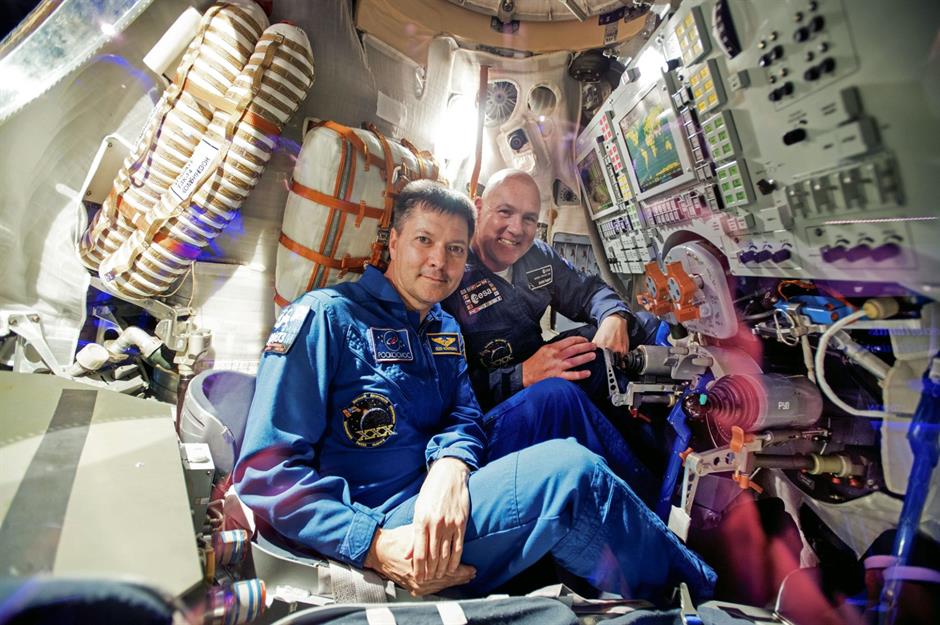
Home to Dutch astronaut André Kuipers’ original Soyuz capsule used during the Soviet space programme in the 1960s, Noordwijk’s Space Expo museum welcomes more than 100,000 visitors in a typical year.
It runs an interactive “Mission at the Museum” which allows children and adults to learn firsthand what it’s like to be an astronaut through a variety of assignments. Pictured are André Kuipers (right) and Russian astronaut Oleg Kononenko (left) in the Soyuz capsule.
Adler Planetarium, Chicago, Illinois, USA
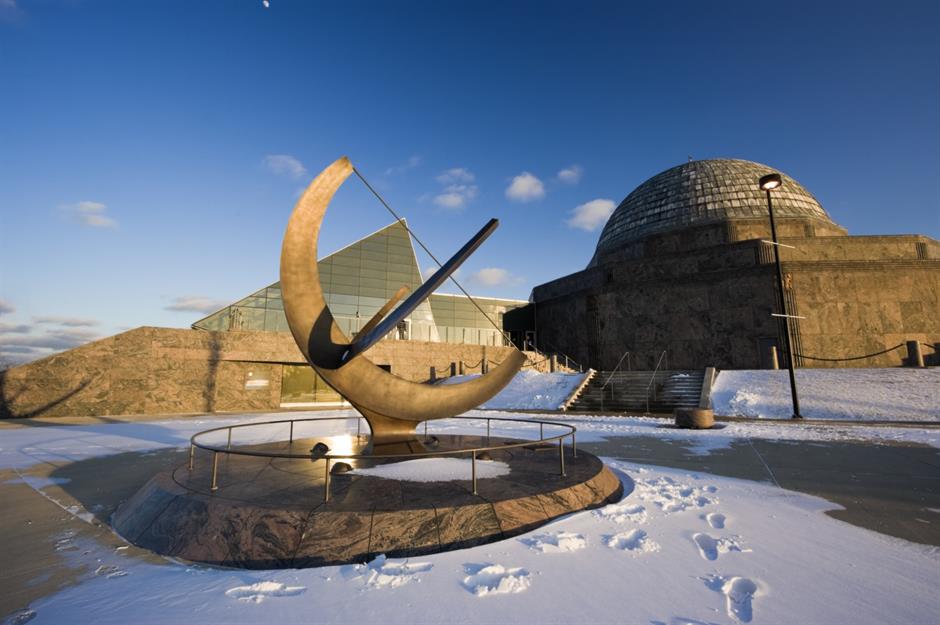
Built in 1930, the Adler Planetarium was the first to be built in the Western Hemisphere. But it actually had a predecessor, of sorts. The Atwood Sphere, a large, metal rotating orb, was built in 1913 in the city and used as a “sky simulator” in the Chicago Academy of Sciences (CAS), prior to the planetarium’s opening.
In 1997, the sphere, which had fallen out of use, was moved to the planetarium so visitors today can see it. As well as this, guests can enjoy permanent exhibitions educating visitors on light pollution in Chicago’s night sky, the cultural and historical traditions linked with astronomy, and the moon and solar system.
National Space Centre, Leicester, UK
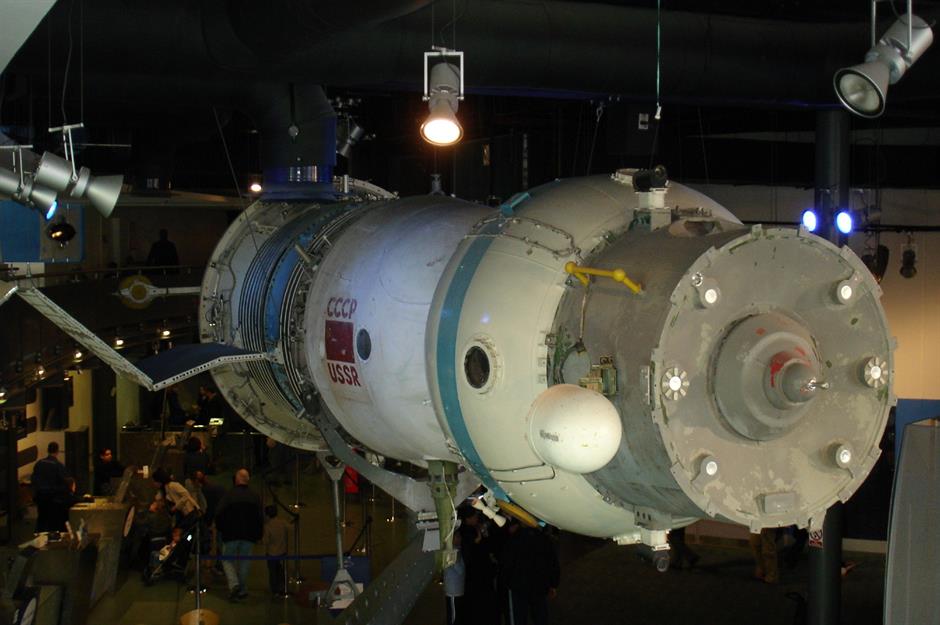
You can find the biggest planetarium in the UK at the National Space Centre in Leicester, England. Opened in 2012 by legendary astronomer Sir Patrick Moore, it offers tours of the night sky and an exhibition detailing the origins of stars.
As well as the planetarium, the award-winning space city includes a Rocket Tower filled with replica Columbus Modules from the ISS, plus a spacesuit collection which features the Sokol Suit worn by British astronaut Tim Peake.
Memorial Museum of Cosmonautics, Moscow, Russia
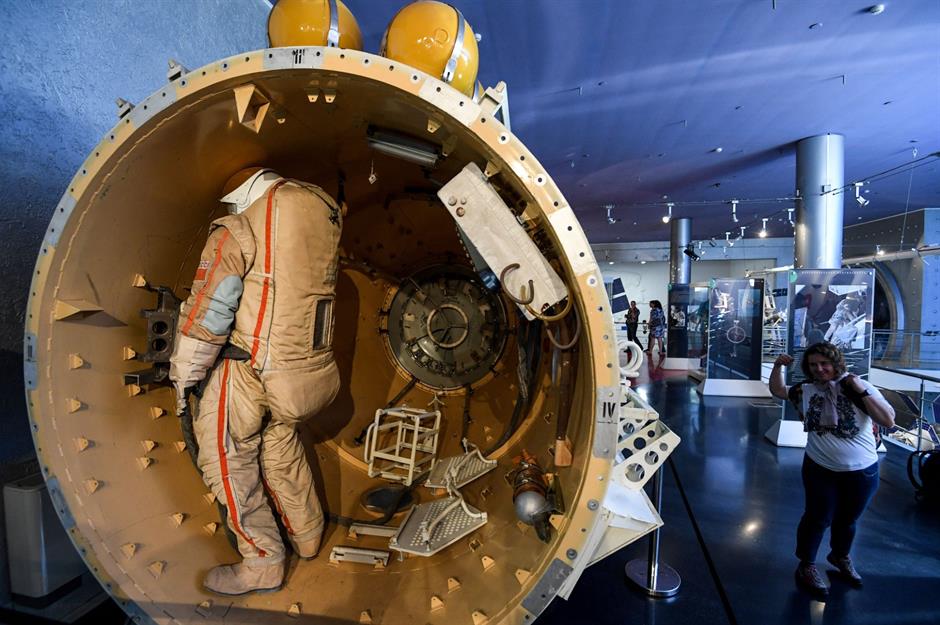
Russian cosmonaut Yuri Gagarin was the first person to orbit the Earth on 12 April 1961. Twenty years later, the Memorial Museum of Cosmonautics opened in Moscow to celebrate the achievements of the Soviet space programme. The museum houses an impressive 85,000 items, from Yuri Gagarin’s space capsule to genuine spacesuits.
There are even two taxidermied space dogs, Belka and Strelka, who were the first creatures to survive a 24-hour space flight orbiting Earth.
Please note the UK Foreign, Commonwealth & Development Office and US Department of State advise against all travel to Russia due to the risk from its ongoing invasion of Ukraine.
Space Camp Turkey, Izmir, Turkey
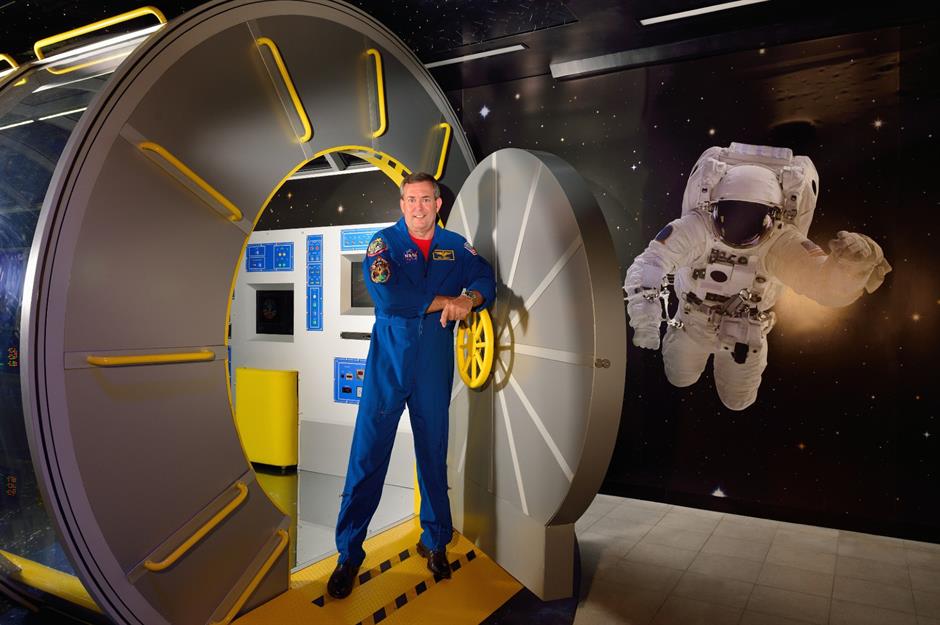
The only space camp in the whole of Europe, Russia and the Middle East, Space Camp Turkey offers a variety of programmes for kids, adults and families. A family weekend package allows visitors to check out the night sky through educational films, experience a simulated Space Station mission and take part in lab experiments.
The camp also provides day tours if you’re a little shorter on time. Pictured is NASA astronaut Michael Foreman opening part of the model ISS during a visit in 2015.
Death Valley, California, USA
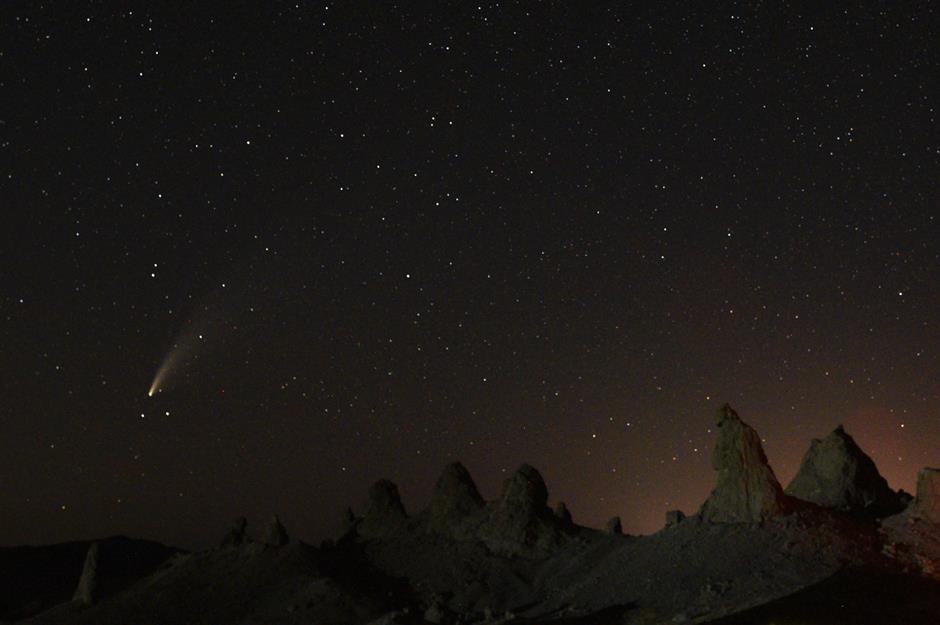
Home to some of the darkest skies in the US, eastern California’s Death Valley is considered a world-beating stargazing location. The site has been designated as a “Gold Tier” Dark Sky National Park by the International Dark Sky Association, thanks to steps that have been taken to reduce light pollution – including improving external lighting, reducing glare and lowering energy consumption.
For those wishing to visit, the Tonight’s Sky Tour starts at 8pm each night, with astronomers offering an expert tour of the stars.
Museum of Air and Space, Paris, France
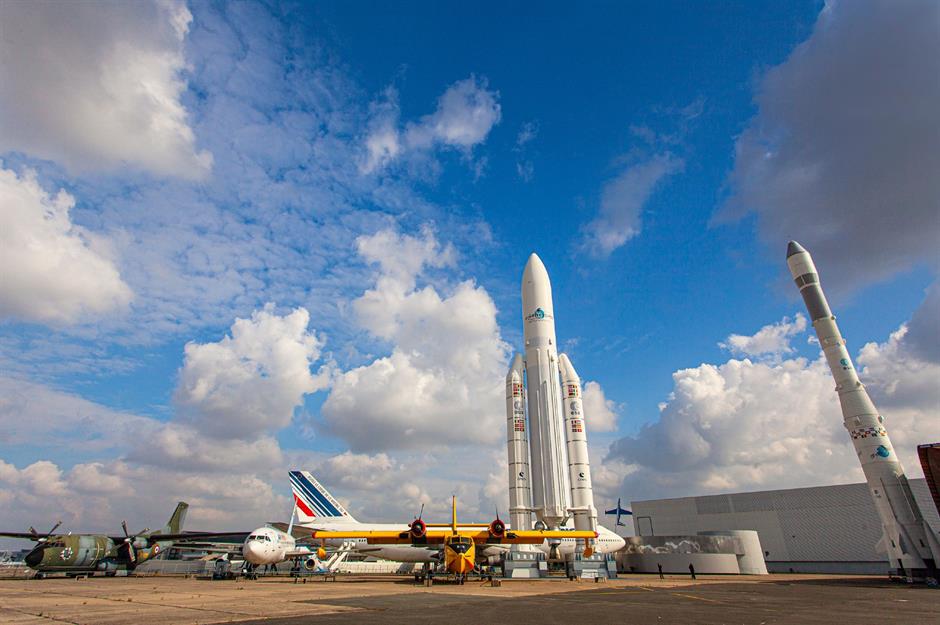
Located just six miles (10km) from Paris, the Museum of Air and Space is a must-see for space enthusiasts visiting the French capital.
The extraterrestrial part of the museum includes a high-tech planetarium and a Space Hall filled with replica rockets, including the Soyuz T-6 capsule used by French astronaut Jean-Loup Chrétien, as well as his spacesuit.
Smithsonian National Air and Space Museum, Washington DC, USA
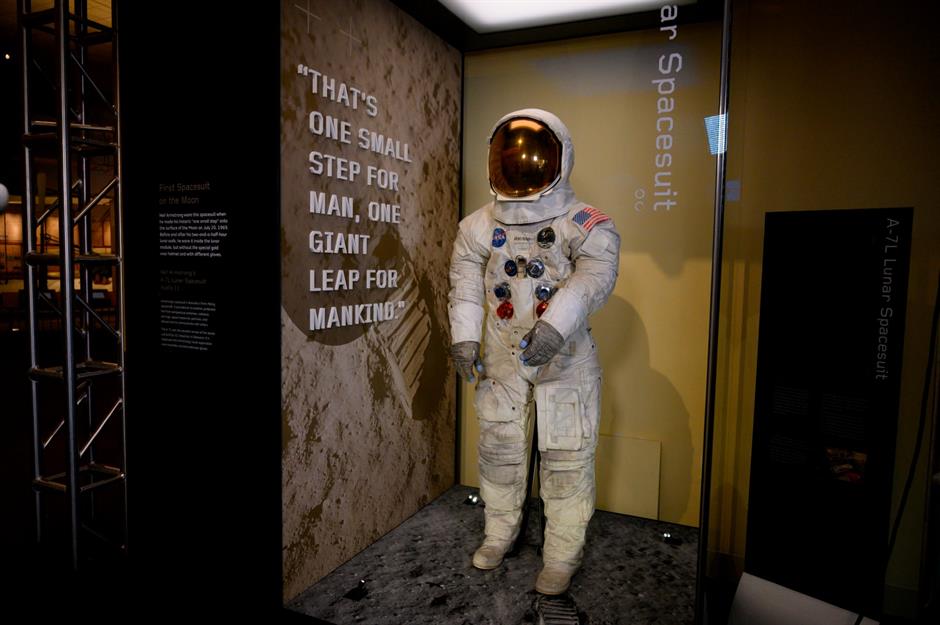
Recognise this spacesuit? That’s because it’s the exact one used by Neil Armstrong in the Apollo 11 mission, which was unveiled for the first time in 13 years at the Smithsonian National Air and Space Museum, on 16 July 2019.
As well as treasures like this, the Washington DC museum houses an exhibition tracing the history of space exploration, a special Space Race exhibition and the Apollo Lunar Module 2 which was used for ground testing before the moon landing mission.
The Atacama Desert, Chile
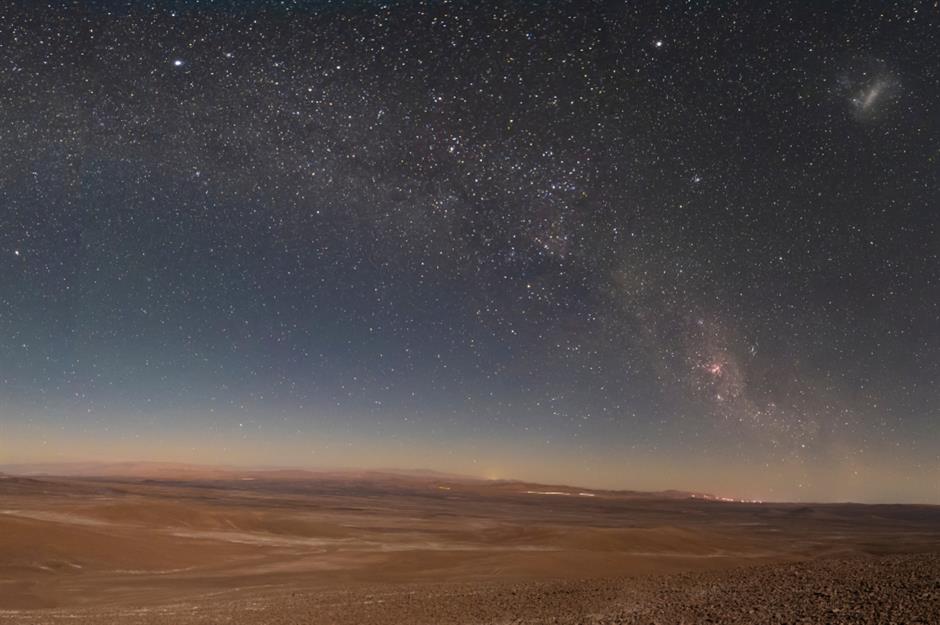
For an authentic stargazing experience, few places on Earth match the ultra-remote Atacama Desert. Travel to the heart of this crater-studded landscape and you’ll be able to look up at incredibly clear, starry skies, practically untouched by light pollution.
The best bet is to book a stargazing tour, during which experts lead visitors to the best locations and observatories to find constellations, planets, shooting stars and more.
Canberra Deep Space Complex, Canberra, Australia
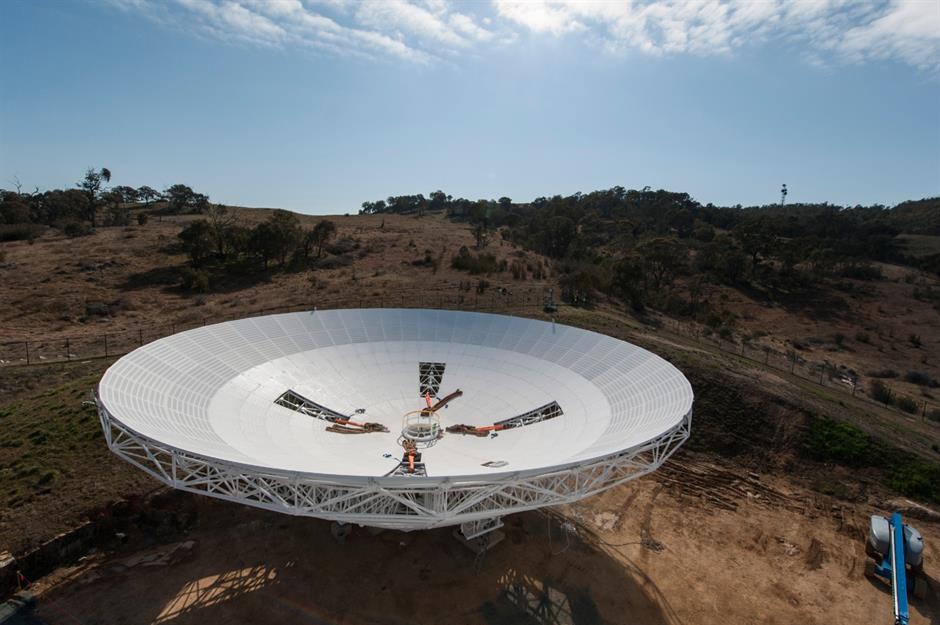
The Deep Space Complex just outside of Australia’s capital is one of just three in the world. Together with those in central Spain and California, its antennas send and receive signals to more than 30 spacecraft exploring the sun, moon, Mars and other planets and comets in the solar system.
The site has heralded many landmark discoveries, including receiving the first close-up pictures of Mars’ surface in 1965. Adjoining the complex is a museum which educates visitors about Australia’s role in space exploration.
Canada Aviation and Space Museum, Ottawa, Ontario, Canada
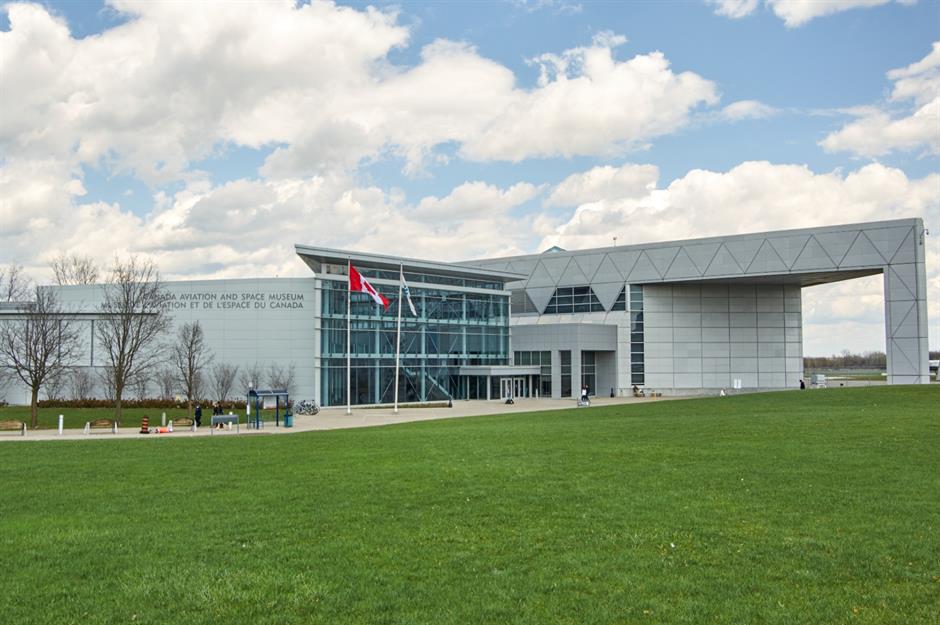
Three exhibitions at the Canada Aviation and Space Museum allow visitors to learn about Canada’s space exploration history. Life In Orbit details day-to-day life on board the ISS, from how astronauts live to what it’s like inside. Canada In Space reveals the history of Canadian space exploration, with an exhibition that includes the spacesuit worn by astronaut Marc Garneau when he went into space.
Lastly, Health in Space takes a deeper look at how astronauts stay healthy up there, with the impacts of lower gravity, radiation and concerns about isolation.
Pima Air and Space Museum, Arizona, USA
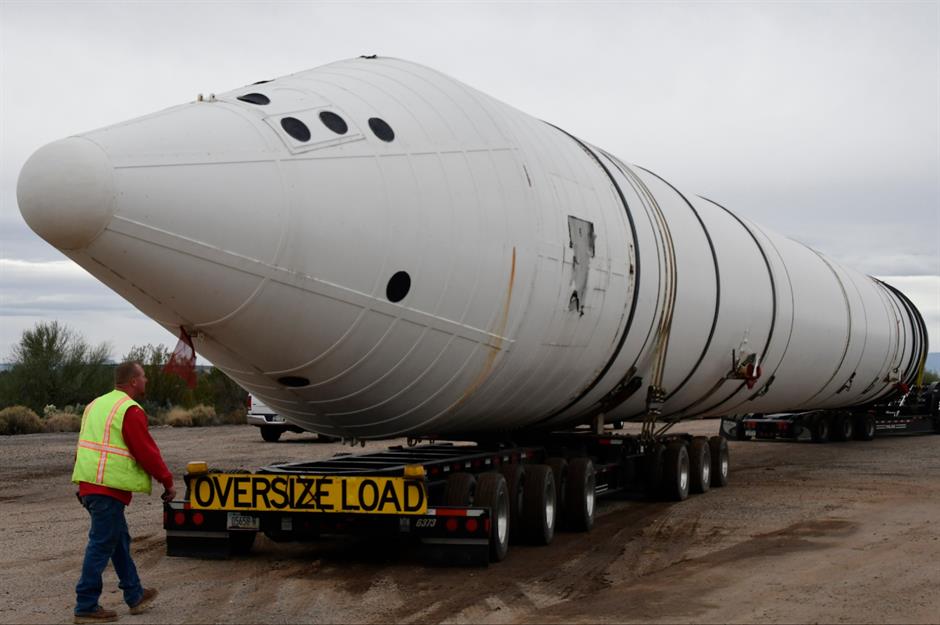
Opened in 1976, Pima Air and Space Museum in Tucson, Arizona is the world’s largest private air and space museum. In the dedicated Aerospace Gallery, a space race exhibit includes models, artefacts and photographs telling the story of the Cold War battle to reach the moon.
Visitors can also see a genuine piece of moon rock and explore the capsule from the Apollo 13 movie.
Baikonur Cosmodrome, Kazakhstan
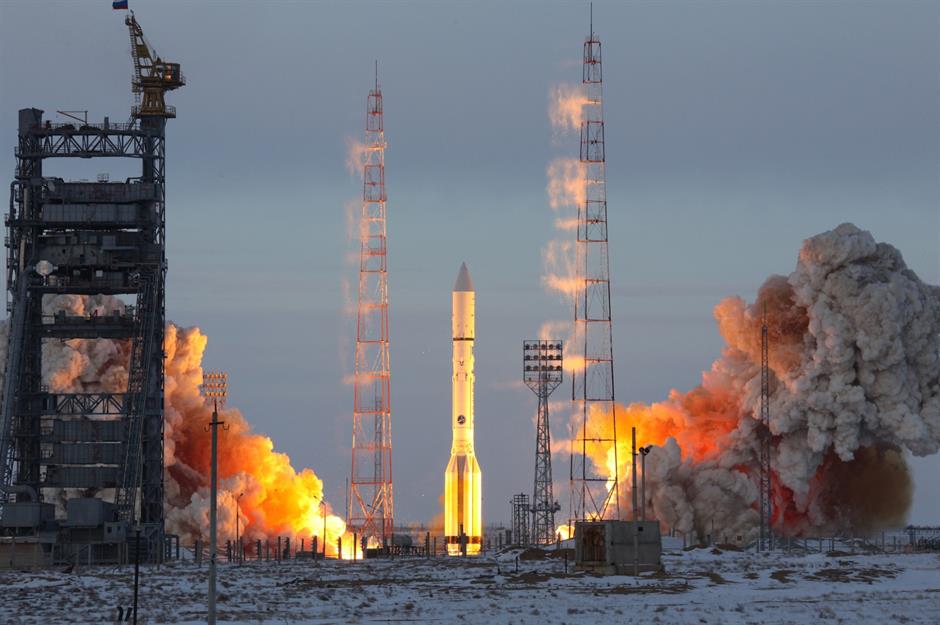
Ever wondered where Sputnik took off from? It was right here at the Baikonur Cosmodrome, located in south-central Kazakhstan. And that’s not the only historic flight that started here: the first spaceship to send a female astronaut into space, the first crewed orbital flight and the first artificial satellite all took off from here too.
Today, the Cosmodrome typically runs group tours, during which visitors can see museums and memorial complexes, rocket launching sites and Yuri Gagarin’s former cottage.
Very Large Array, New Mexico, USA
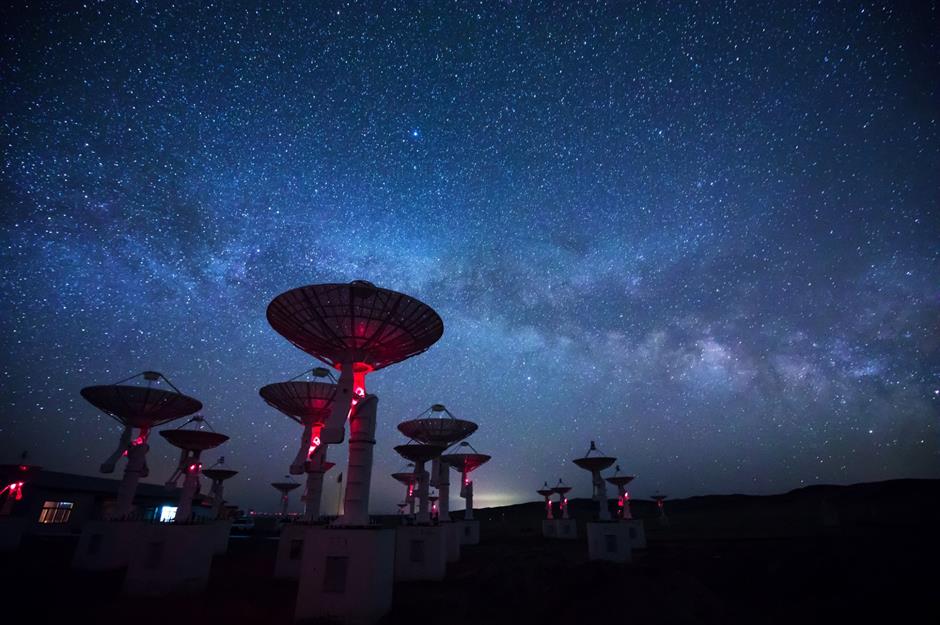
Found in the heart of the Agustin Plain San in New Mexico, the Very Large Array (VLA) consists of 28 antennas, which work together to pick up cosmic radio waves from space. As well as looking pretty, the location serves a purpose. Since humidity can interfere with radio waves, the arid climate allows them to be picked up more clearly, while the ring of surrounding mountains helps keep out radio interference from cities.
Visitors to the VLA can take self-guided walking tours around the site, enjoy exhibits on radio astronomy, and watch an award-winning documentary.
Tanegashima Space Center, Japan
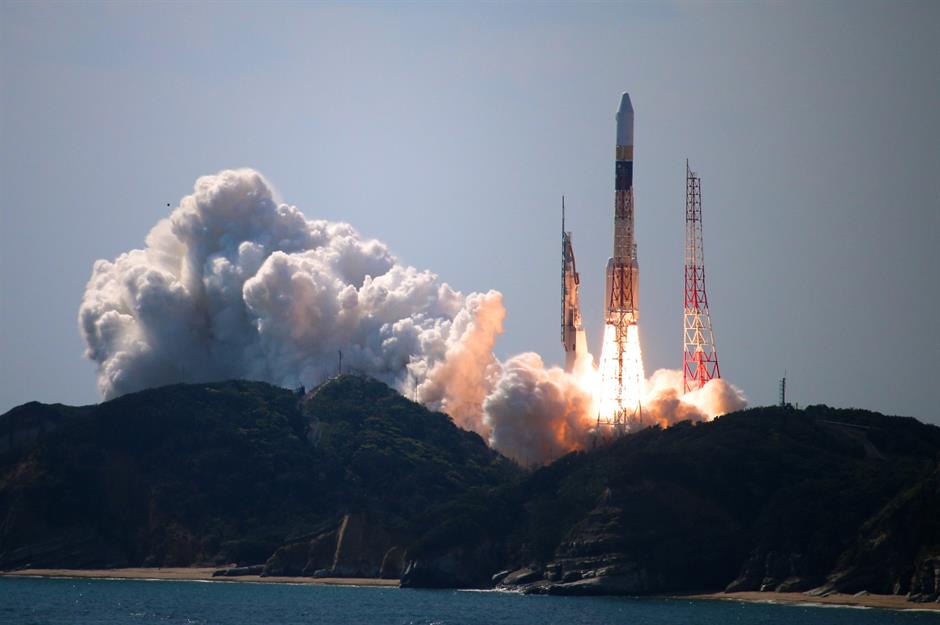
For space fans visiting Japan, the Tanegashima Space Center is not to be missed. The largest rocket-launching facility in the country, it’s where take-off, development and assembly of Japan’s space programme takes place. What’s more, with its stunning location on the island of Tanegashima, in the country’s southernmost Kagoshima Prefecture, it’s arguably one of the most beautiful rocket-launch sites in the world.
There’s a free museum which covers the history of Japan’s space programme and the space center complex typically runs guided tours.
Hayden Planetarium, New York, USA
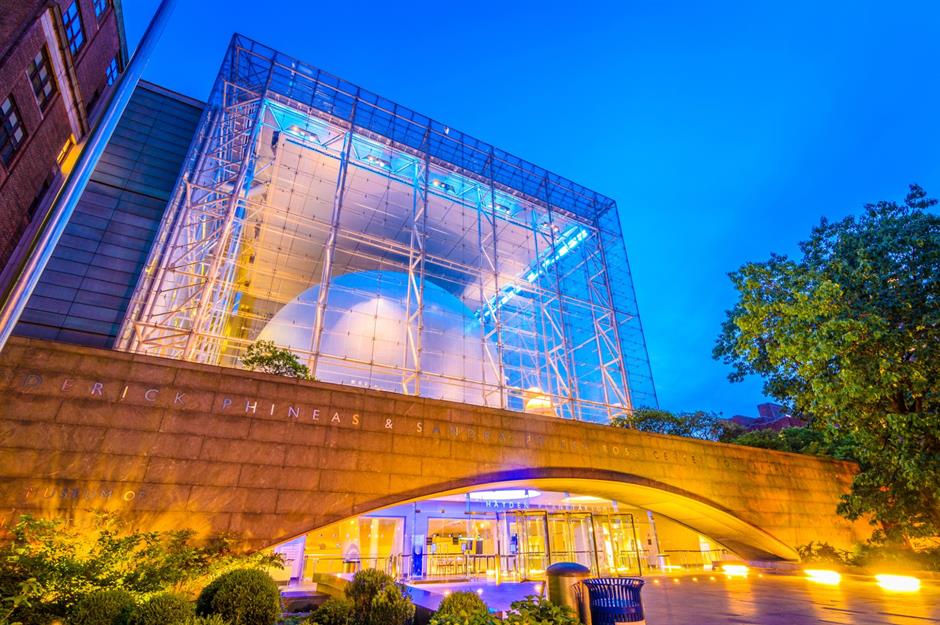
Opened in 2000 – an earlier version had stood here since 1933 – New York City’s Hayden Planetarium was described by its designer as a “cosmic cathedral”. Part of the Rose Center for Earth and Space, the majestic building consists of a six-storey glass cube, enclosing an illuminated, seemingly levitating, orb, in which the planetarium is contained.
The planetarium’s shows are narrated by an all-star cast including Harrison Ford, Tom Hanks, Whoopi Goldberg, Neil deGrasse and more.
Palomar Observatory, California, USA
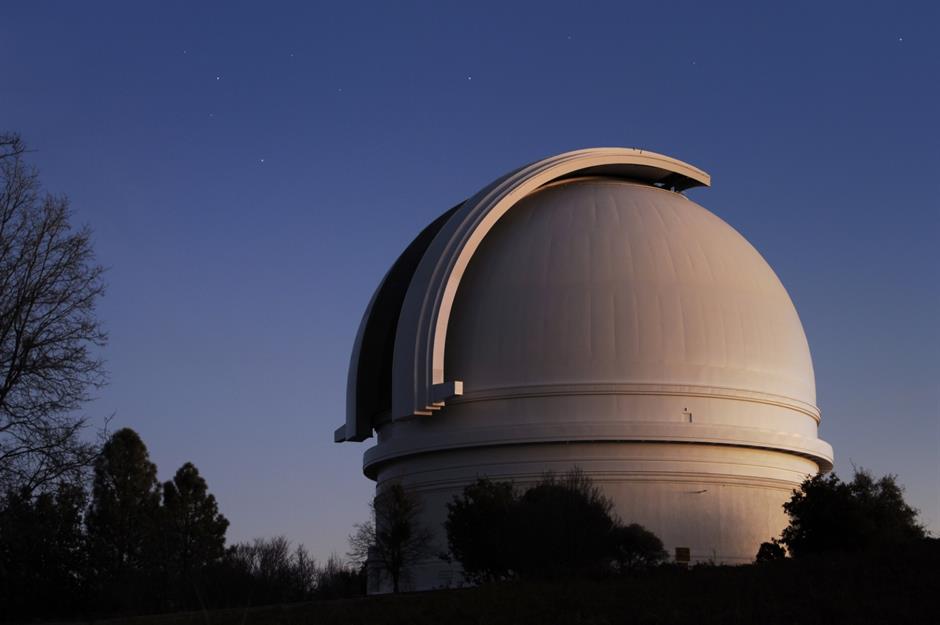
Sitting atop a 720-acre (290-hectare) plateau at the top of Mount Palomar, 40 miles (65km) north of San Diego, Palomar Observatory has been the site of some important astronomical discoveries. In the mid-2000s, a group of astronomers found three worlds in the solar system close in size to Pluto’s, which led Pluto to be controversially downgraded to a “dwarf planet”.
Typically, visitors to the observatory can learn about its three active research telescopes on one of its guided tours.
Nagoya City Science Museum, Japan
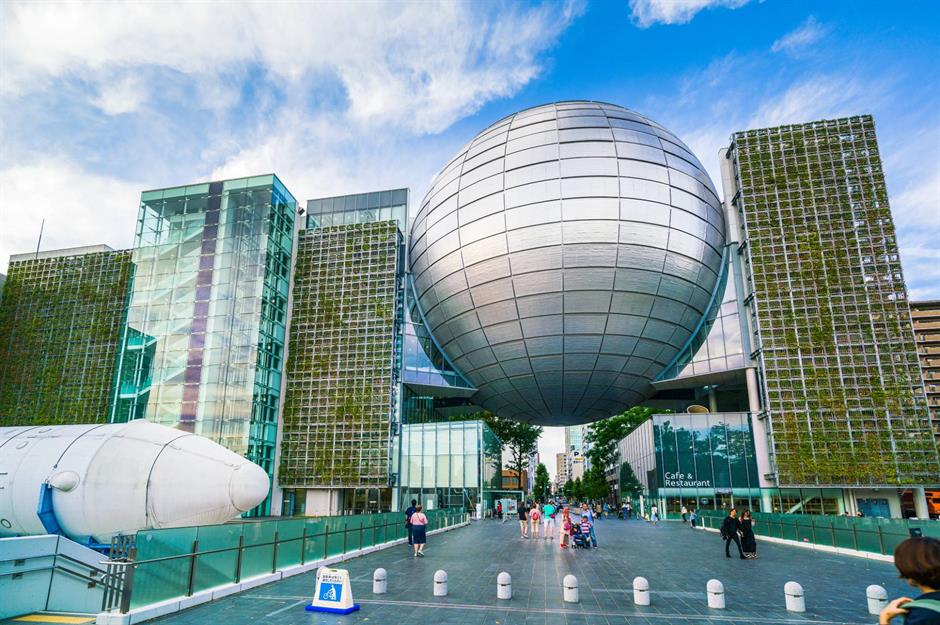
From the outside, Nagoya City Science Museum is nothing short of spectacular. And its NTP Planet planetarium, housed in the 115-foot (35m) wide silver orb, is all the more impressive inside.
Here, you can see the night sky reproduced using the world’s most complex star projector, with regular shows educating visitors about constellations and other astronomical phenomena. Shows are conducted in Japanese and vary monthly.
University of Canterbury Mt John Observatory, New Zealand
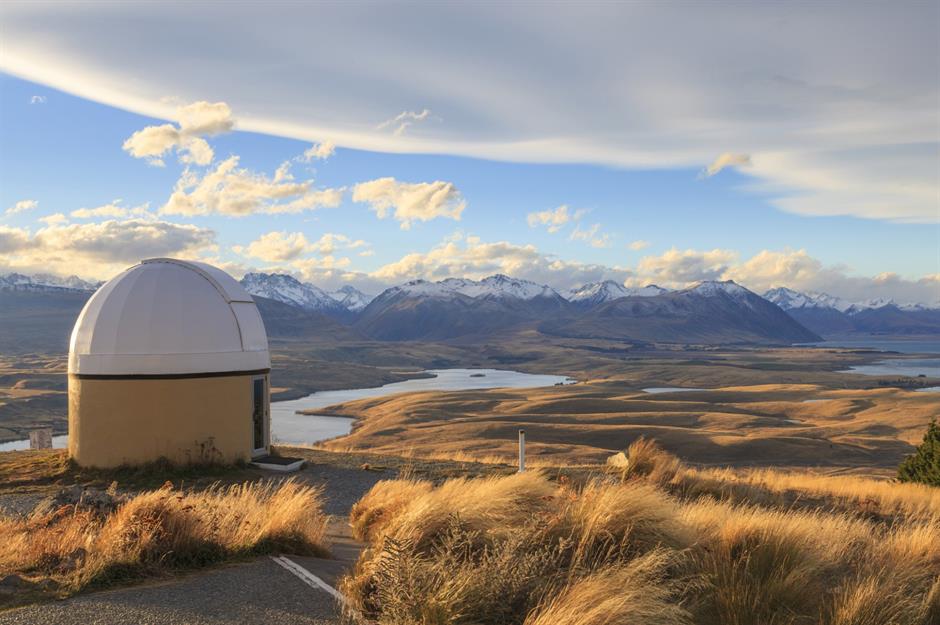
To experience the night sky at its clearest, the Dark Sky Reserve at Lake Tekapo on New Zealand’s South Island is unparalleled. By day, visitors can learn about astronomy through an interactive, multimedia exhibit.
When night falls, the Summit Experience at the University of Canterbury Mt John Observatory offers the opportunity to gaze at the stars in one of the most unpolluted spots on Earth, using the site’s six-foot (1.8m) telescope, while gaining insight from expert guides.
Carnarvon Space and Technology Museum, Carnarvon, Australia
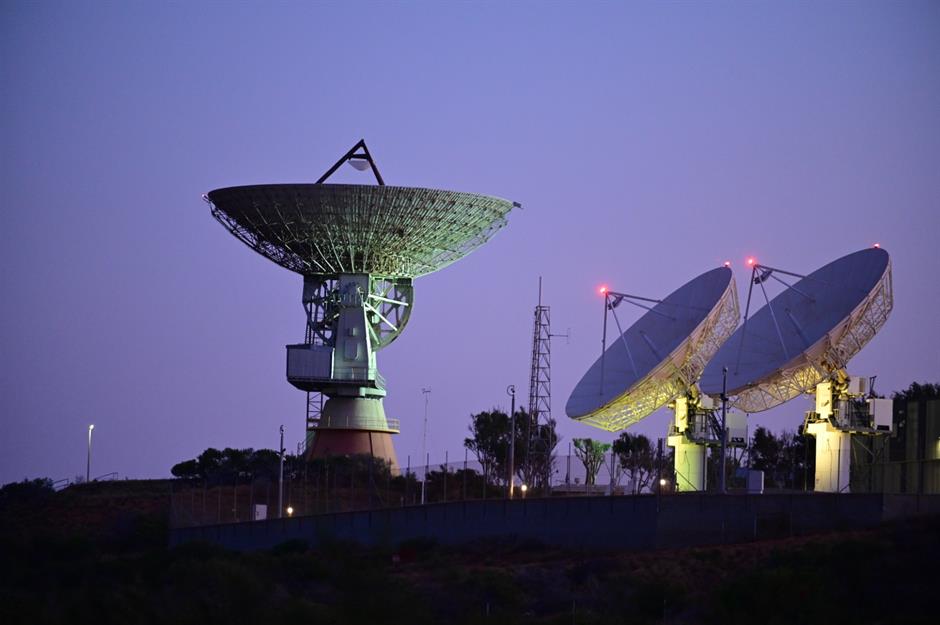
You may not have heard of Carnarvon, but this little-known coastal town in Western Australia played an integral role in the Australian space programme. Formerly home to the Carnarvon Tracking Station, which was used to support NASA’s Gemini, Apollo and Skylab programmes in the 1960s and 1970s, today the site has a world-class museum.
Its top attractions are the Apollo Experience, a replica Apollo capsule where you can try a Saturn V launch simulation; the space theatre, showing space-themed documentaries; and the 20-foot (6m) diameter planetarium, which puts on shows every half-hour.
California Science Center, LA, California, USA
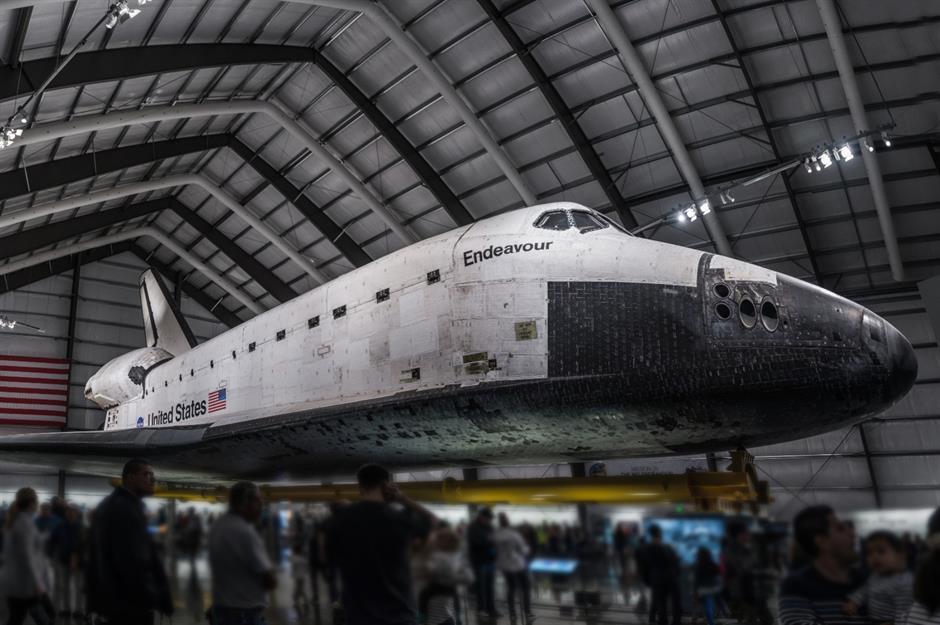
Located at Exposition Park in Los Angeles, the California Science Center is home to three epic space vehicles. The Apollo-Soyuz command module – flown in 1975 by American astronauts Tom Stafford, Deke Slayton and Vance Brand to meet a Soviet Union spacecraft in orbit – was part of the first-ever international space mission.
There’s also the Gemini 11 capsule, which took astronauts Dick Gordon and Pete Conrad into space in 1966, and the Mercury-Redstone 2 capsule, which was used to test the rocket’s ability to work in space in 1961.
LunAres Research Station, Pila, Poland
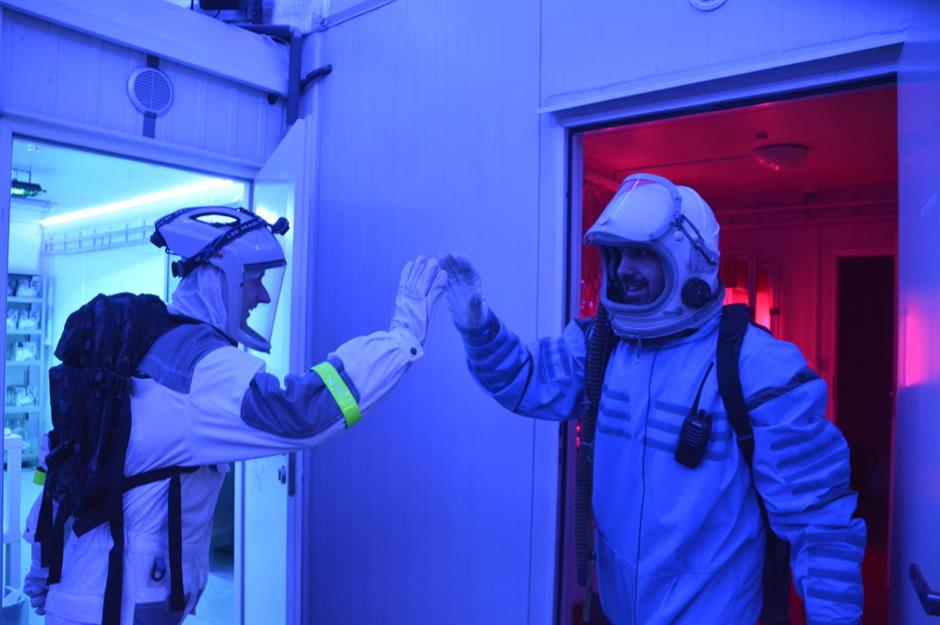
Located on an abandoned airport near Pila in Poland, LunAres Research Station runs missions to research the impact of human presence in space. The centre welcomes specialists from a range of fields – architecture, robotics, psychology and biotechnology. In one current programme, researchers at the station are looking at how isolation impacts astronauts in space.
There are frequent open days and anyone can apply to join in, although you must be over 21 years of age, have a Bachelor’s degree and be near-fluent in English.
Technik Museum Speyer, Germany

Home to the largest space exhibition in Europe, Technik Museum Speyer’s 538,000 square feet (5,000sqm) of exhibition space tells visitors the story of space exploration from the 1960s to today. Situated in Speyer in southwestern Germany, one of its biggest highlights is a prototype of the Russian space shuttle BURAN, which was part of one of the Soviet Union’s most ambitious space exploration projects.
There’s also a moon-themed area which includes replicas of Apollo lunar vehicles and an incredible 3.4 billion-year-old moon rock.
L’Hemisfèric, Valencia, Spain
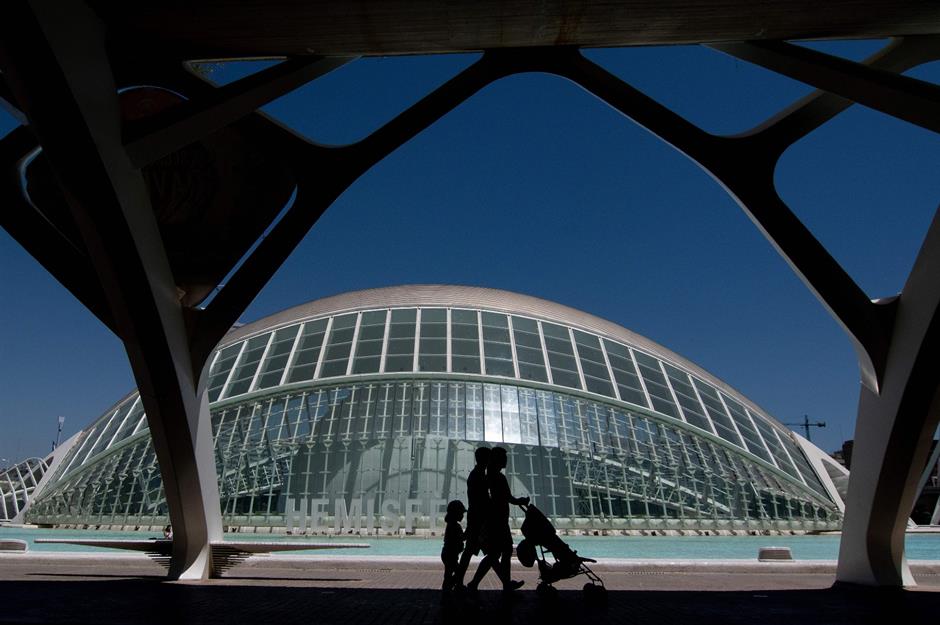
Housed inside a spectacular curved dome designed to look like an eye, l’Hemisfèric is one of Valencia’s premier attractions. Inside the eye – acting as a kind of “pupil” – is an IMAX dome, which features a 9,000-plus square foot (900sqm) concave screen housing three projectors.
As well as showing films on IMAX and 3D screens, the dome hosts frequent astronomical shows, where visitors can learn all about the stars, black holes and galaxies.
Comments
Be the first to comment
Do you want to comment on this article? You need to be signed in for this feature